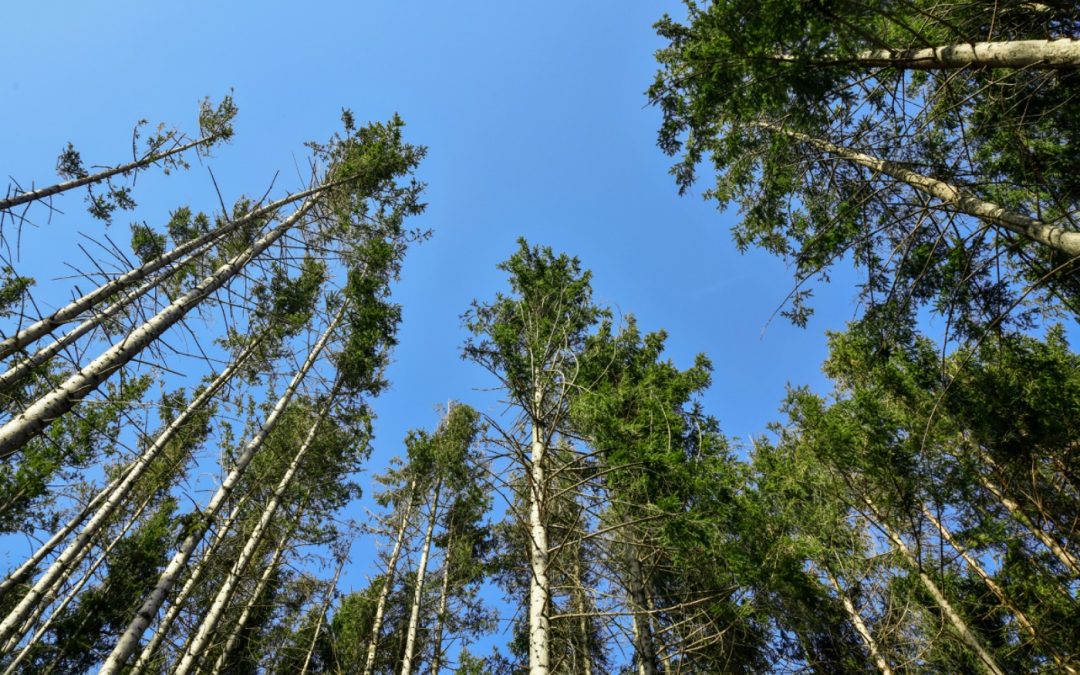The towering pines that grace our Marietta landscapes are a beautiful and vital part of our ecosystem. Unfortunately, these majestic trees can fall victim to tiny but destructive pests: pine beetles. Early detection is key to saving an infested tree and preventing the spread to healthy ones. This guide will walk you through how to inspect your pine trees for signs of pine beetle damage right here in our Georgia community. Visit www.axementree.com for service today for tree removal in Marietta GA.
Know Your Enemy: Common Pine Beetles in Georgia
While several species of pine beetles can cause trouble, the most common culprits in our area include:
- Southern Pine Beetle (SPB): This is the most aggressive and destructive pine beetle in the Southeast. Outbreaks can decimate large areas of pine forest.
- Ips Bark Beetles: Several species of Ips beetles exist, and while generally less aggressive than SPB, they can still kill weakened or stressed trees.
- Black Turpentine Beetle: These larger beetles typically attack the base of the tree and are often associated with trees already under stress or damaged.
Understanding which beetles are prevalent helps you recognize the specific signs of their activity.
Your Inspection Toolkit: What You’ll Need
Luckily, you don’t need specialized equipment for a basic inspection. Just grab:
- Your eyes: Sharp observation is your primary tool.
- A pair of binoculars: Helpful for examining the upper parts of taller trees.
- A small hand lens or magnifying glass (optional): Can aid in seeing small details like pitch tubes and exit holes.
- A notebook and pen (optional): To jot down your observations for each tree.
Step-by-Step Pine Tree Inspection
Now, let’s get down to the nitty-gritty of inspecting your pines:
1. Start at the Base:
- Look for Pitch Tubes: These are small (dime to quarter-sized), popcorn-like globs of resin that the tree produces in an attempt to push out attacking beetles. Fresh pitch tubes are often yellowish or whitish and may have a sticky consistency. Pay close attention to the lower 10-15 feet of the trunk.
- Check for Boring Dust (Frass): This fine, sawdust-like material is created by the beetles as they bore into the tree. Look for it in bark crevices, around the base of the tree, or even spiderwebs. The color can vary depending on the beetle species.
- Inspect for Entrance Holes: These are tiny (pinhead to pencil-lead sized) holes in the bark where the beetles have entered. They can be difficult to spot initially but become more evident as the infestation progresses.
2. Move Up the Trunk:
- Continue Looking for Pitch Tubes and Boring Dust: As you move up the trunk, keep an eye out for these telltale signs. Southern pine beetle infestations often start in the mid to upper crown of the tree.
- Watch for Woodpecker Activity: Woodpeckers feed on beetle larvae beneath the bark. Increased woodpecker activity, such as excessive flaking of bark, can indicate an infestation.
3. Examine the Crown and Needles:
- Needle Discoloration: One of the later signs of infestation is a change in needle color. Needles may turn yellowish, reddish-brown, or even a dull gray. This discoloration typically starts in the upper crown and progresses downwards. However, needle discoloration can also be caused by other factors, so look for it in conjunction with other signs.
- Thinning Canopy: As the beetles disrupt the tree’s vascular system, the canopy may start to thin and appear less dense than usual.
4. Look for Exit Holes:
- Small, Round Holes: Once the beetles have matured and are ready to emerge, they create small, round exit holes in the bark. These holes are a sign that the infestation is likely advanced, and the tree may already be dead or dying.
When to Take Action
If you observe any of these signs, especially fresh pitch tubes and boring dust, it’s crucial to take action quickly. Contact a certified arborist or your local forestry extension office in Marietta or Cobb County. They can properly diagnose the issue and recommend the best course of action, which might include:
- Removal and Disposal: Severely infested trees often need to be removed and properly disposed of to prevent the beetles from spreading to healthy trees.
- Preventative Treatments: For high-value trees near an infestation, preventative insecticide applications may be an option.
- Promoting Tree Health: Healthy, vigorous trees are less susceptible to beetle attacks. Proper watering, fertilization (when needed), and avoiding physical damage can help.
Be Vigilant and Protect Our Pines
Regularly inspecting your pine trees, especially during the warmer months when beetle activity is highest, is the best way to protect them. By being vigilant and knowing the signs of pine beetle damage, we can work together as a community in Marietta to safeguard our beautiful pine forests for years to come.
Have you noticed any of these signs on your pine trees? Share your experiences in the comments below!

